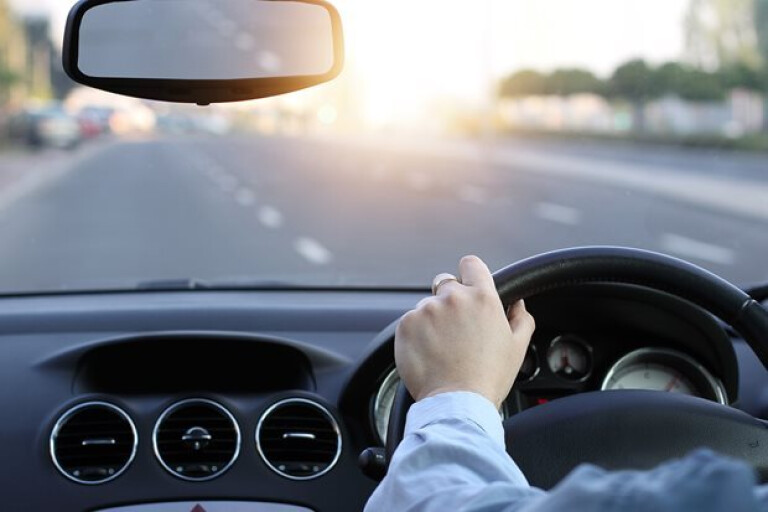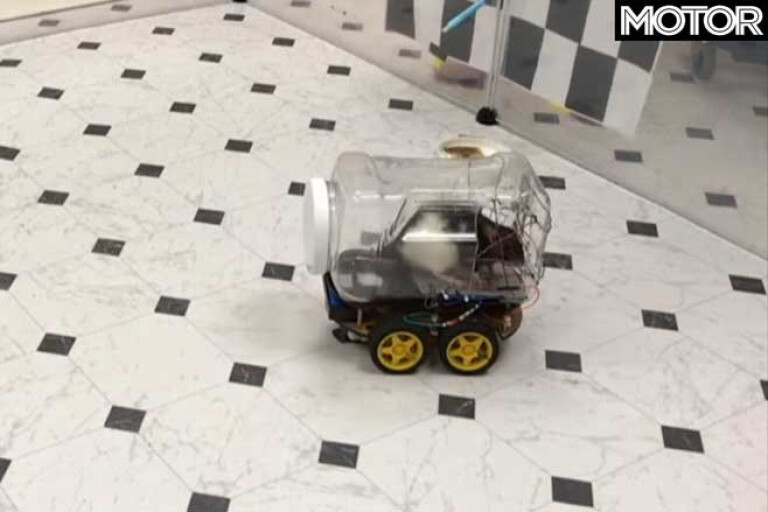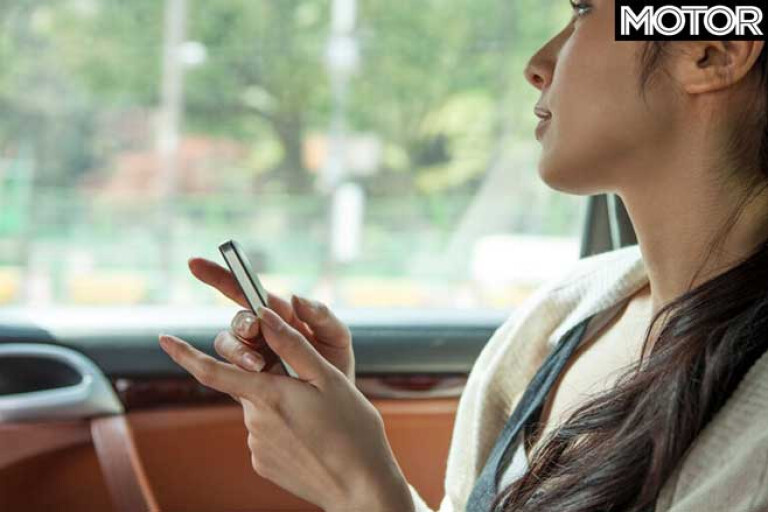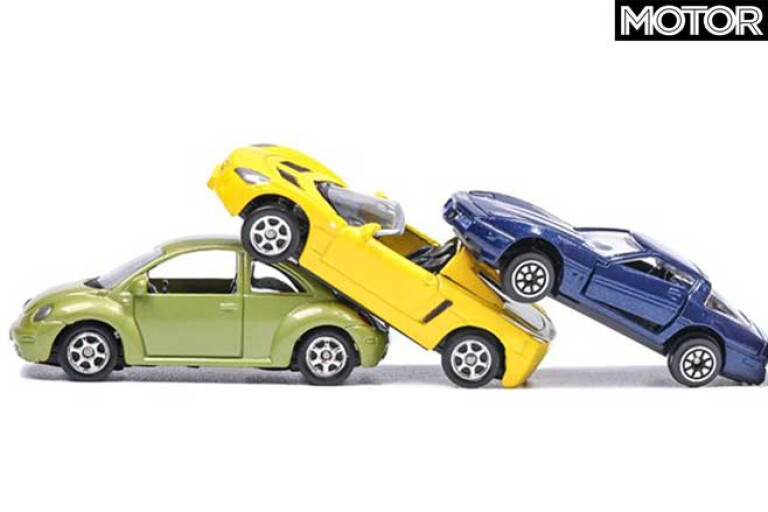
The wife and I have been putting a humane rat trap out in the backyard night after night, trying to arrest a trouble-making rodent who drives our dog into a barking frenzy. And we could put the neck-breaking trap out, I suppose, but it’s not the rat’s fault that our dog can’t tell the difference between a rat in the lemon tree and a masked intruder carrying a sack labelled “LOOT”.
But we’ve had less luck catching our rat than the Lawyer X royal commission, and now I’ve finally found out why. Because scientists have been teaching rats how to drive.

At the University of Richmond (which is a real university in the US, and not a euphemism for a safe injecting room), researchers built a little electric car for rats, called the ROV: the “rodent operated vehicle”. Which is also what I will be calling cars parked across two spaces from now on.
So these scientists build the ROV, then teach the rats to drive it across the lab to get some Froot Loops. Which sort of sums up America for you – they invent a new type of car, then immediately invent a drive-thru for it.
Why should they do such a thing, you ask? Is this the first real step in creating animal chauffeurs, just like I’ve been demanding for years? (Picture yourself swanning about in the back seat while
a panda with a peaked cap drives you to work… yeah, now you want it, too.)
Sadly, no – it’s part of a study of stress hormones and environmental conditions or something; I stopped paying attention once they told me “no” on the animal chauffeurs thing. The study did show that the rats who drive themselves to get the Froot Loops are less stressed than the rats who have to walk there, which is actually something I already knew about drive-thrus.

But I’ve been in a sort of a funk since I heard about that experiment. I guess I always prided myself on driving, which I consider one of the pinnacles of human achievement. I didn’t know it was something you could teach a rat to do using Froot Loops.
Right now, hundreds of millions of people are piloting a billion tonnes of speeding metal boxes around the world, and for most of them, the only thing that prevents them from spearing into each other in a global car-wreck apocalypse is that we all agree to do it the same way, on the same side of the road (in any given region), at roughly the same speeds, using the same signals, controlled by little more than green and red lights on sticks.

Say what you want about humanity being doomed by hatred and distrust, but every time you get in your car, you’re betting your life that a thousand strangers will all work together just like you’re expecting.
Road travel is the most successful experiment in social democracy the world has ever seen. The man in the second-hand Camry has the same rights as the man in the Rolls-Royce, and the hundred-strong mob driving north will all stop for the single car driving west when the traffic lights say so. It’s civilisation in motion.
And now we’ve invited rats to the party. Rats fuelled by Froot Loops. I’ve seen the mania Froot Loops can create in a human child; I dread to imagine what happens when an army of rats with sugar highs burst out of their lab driving a flotilla of ROVs, on a mission to take over the Kelloggs factory. It’ll be chaos. It’ll be like Fury Road scaled down to rat size. It’ll be a tiny ratty Summernats, all itty-bitty burn-outs and girl-rats flashing their rows of teats.

Still, if the experiment has taught us one thing, it’s that the solution to traffic stress is more drive-thrus. We don’t need more bus lanes or cross-city tunnels – just a mid-commute bowl of cereal.
That, and that instead of the humane trap in the backyard, maybe I should be using tyre spikes.

COMMENTS